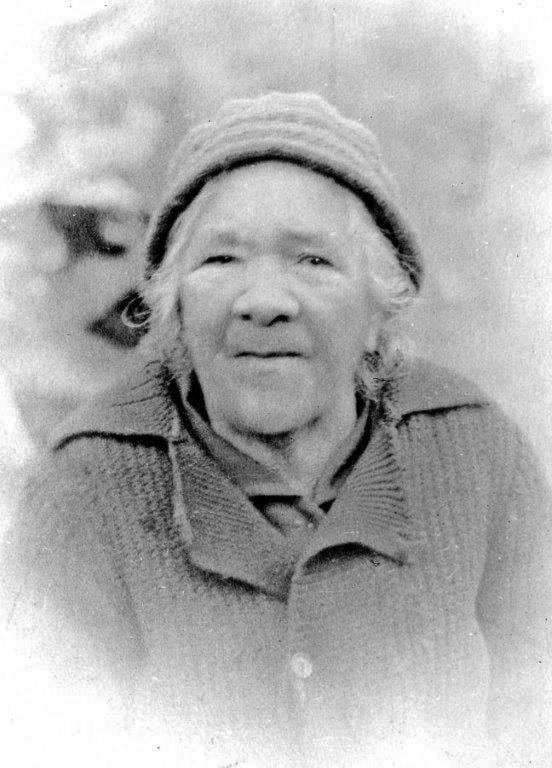It’s a secluded tranquil little cove, enclosed by the rocky promontories which guard it from the Sooke Basin itself, which, though beautiful, can get windy and stormy at times.
It was this little cove that became home to Mary Ann McFadden Caffery and her seven children, after her sea captain husband Thomas William Caffery was lost at sea in 1889. We understand that it was the Roman Catholic Church that settled her there, from Prevost Island where she had been living.
Perhaps one of the reasons for the move was that Mary Ann’s sister, Susan, was married to Charles Brown, who had already established himself at East Sooke. The Cafferys and the Browns each raised large families of youngsters, many of them settling in as longtime East Sooke residents. (We should note that the real name for the inlet is Anderson Cove, but we all knew it earlier on as Caffery Bay.)
Frank Caffery, midway among her sons, established an oyster farm within the sheltered cove, a seafood industry which was to continue for many years under different owners. Today one still sees the white oyster shells remaining on the shore from that longtime use. Frank Caffery married neighbour Margaret Walker, only daughter of Lady Emily Walker of Ragley Farm in East Sooke.
Margaret’s daughter, who grew up Kathleen Caffery, but whom we knew more recently as Kay Jeffrey, used to share family lore with us: “Back in the influenza epidemic of 1917, my grandmother Caffery got out her Indian herbs for cures, and joined up with my other grandmother, Lady Emily Walker, and my two grandmothers went around ministering to the sick neighbours. With one having money and a car, and one with the know-how, they helped a lot of people.”
Granny Caffery lived until 1936, witnessing her pioneer community developing into industries of logging and fishing besides subsistence farming. It wasn’t until much later, in the 1960s, that subdivisions and new housing began to take place.
In the first term of Sooke’s first Mayor Ed Macgregor, it was thought useful for the new Sooke Council to charter a harbour cruise on Jack Homer’s cabin cruiser Secretary Isle. I was along to provide a history commentary, and one of the memorable parts of the tour was anchoring in the calm waters of Caffery Bay, where we enjoyed a picnic feast on the deck, just before viewing the glorious colours of the setting sun on the way home.
No doubt if Granny Caffery was able to see her beloved cove today, she would be happy to see that it remains beautiful and somewhat secluded.
Elida Peers, Historian
Sooke Region Museum
